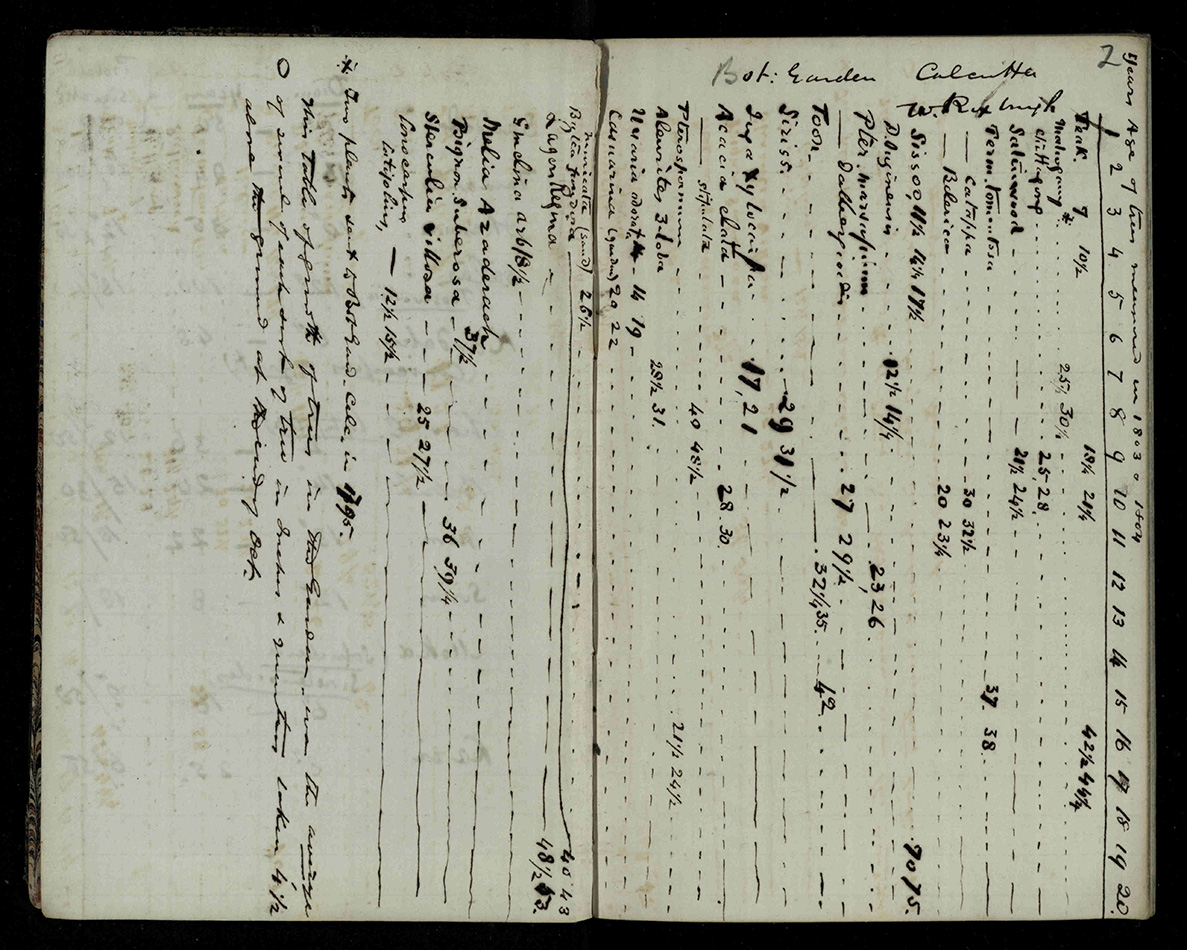FOLLOWING HUGH CLEGHORN TO THE WESTERN HIMALAYA – PART III

Part III of Henry Noltie’s trip through the Western Himalayas:
Sent 2nd September 2014
In a very rainy McLeod Ganj (which would better known as McLeod Grunge), named after Donald McLeod, friend of Cleghorn and Financial Commissioner of the Punjab whose arboretum Cleghorn visited. Sadly I can’t find any trace of it, but suspect it is in what is now an Army Cantonment surrounded by barbed wire and guarded by sentries.
But to go back. My last post was from Manali, from where I went over the Rohtang Pass into the beautiful district of Lahul. I saw the replacement bridge at Koksur, succesor to the alarming one made of woven twigs on which Lord Elgin had his heart attack (I have just been to see his monument in the Church of St John in the Wilderness here at Dharamsala). At Keylong there is now no longer any trace of the Moravian Mission where Cleghorn left his wife to be looked after by the missionaries, but I met people who remembered playing volleyball in its tall rooms in its latter days 30 years ago. Then down the truly spectacular valley of the Chenab river still with fantastic forest where the slopes are not too steep.
At Pangi I obtained a specimen of the bitumen that oozes from rocks at high altitude (it is collected by men dangling from ropes) that Cleghorn mentions in his diary – called salajit (= molten rock). Then over the spectacular Sach Pass at almost 5000 metres, where the first snows of the season were in progress. The beautiful ice-blue flowers of Meconopsis aculeata (seed of which Cleghorn sent back to Kew and Edinburgh) were still in bloom.
The valley of the Ravi (the fourth and last of Cleghorn’s four Punjab Rivers) perhaps the most beautiful of all – I stayed in Chamba and visited the old Palace, now a Government school, where Cleghorn visited the Raja (who accused him of being on a spying mission to make a new road to China!). Then upstream as far as Bajoli where the scenery looked like Glen Coe on acid. This is just ‘over the hill’ from where I am now sitting, but sadly I don’t have time to walk over the pass as Cleghorn did. I did however meet a group of pilgrims who had done so – on their way to Lake Manimahesh, to which literally thousands were flocking (some cheating by being flown in by helicopter at 100 dollars a throw – the pilot was staying in the same PWD rest house in Bajoli).
From there a long bus journey to Dalhousie, a rather quaint hill station where I was thrilled to find the burial record of John Lindsay Stewart (Cleghorn’s successor as Forest Conservator of the Punjab) and then his grave in a gloom monkey ridden graveyard much overgrown in which every cross had been smashed (so much for religious tolerance). This morning came here, from where there is just one more stop – Palampur to try to find traces of the Government Tea Plantation set up by another Edinburgh-trained medic, William Jameson, and visited by Cleghorn.
It has all been a lunatic rush – doing in three weeks, what it took Cleghorn three months. But seeing some of the tracks he went on has been an eye opener – one was too dangerous even for ponies, and up until 30 years ago the only way luggage could be transported was on bags tied to the backs of sheep!
Hope the weather is better in St A than it is here.
All best
Henry
N.B. Website links have been added by Special Collections.